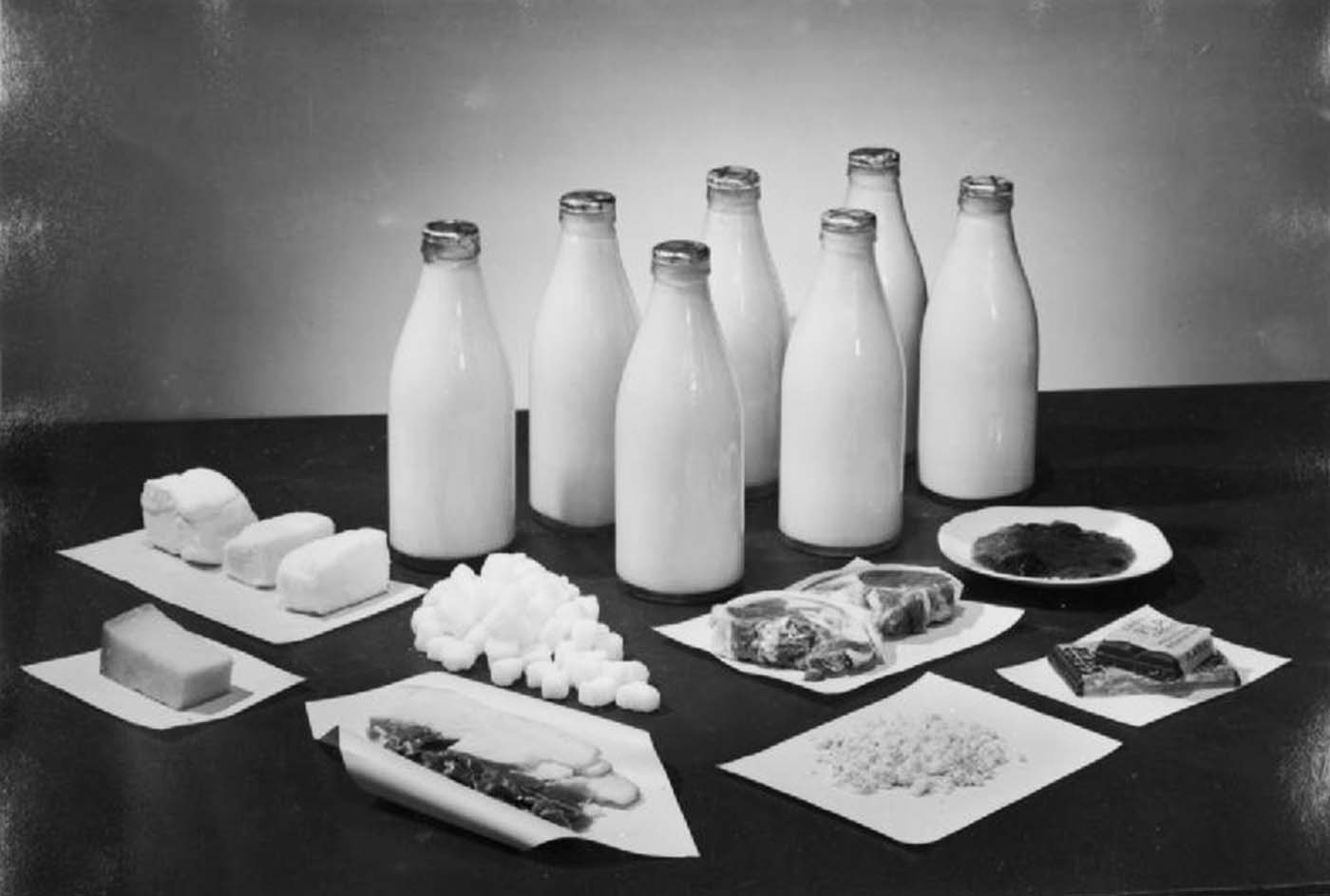
When World War II began in 1939, the United Kingdom had to import two-thirds of its food and it had to be shipped over oceans which the German forces also occupied.
The Ministry of Food was not willing to put the lives of sailors at risk because reducing food importation meant there was more money for arms. However, a majority of Britons told the government to introduce rationing. The people believed that it assured everyone a fair share of food.
The government in response issued every citizen a booklet. The citizen was to carry it to a registered shopkeeper to receive groceries and supplies. In the beginning, butter, bacon and sugar were rationed.
The list kept increasing and soon enough, meat joined and was rationed from 11 March 1940. Cooking fats joined in July 1940 alongside tea; while in March and May 1941, cheese and preservatives joined.
Throughout the war, allowances wavered but on average, the weekly ration of an adult was; 113g bacon and ham (about 4 thin slices), one shilling and ten pence worth of meat (about 227g minced beef), 57g butter, 57g cheese, 113g margarine, 113g cooking fat, 3 pints of milk, 227g sugar, 57g tea, and 1 egg.
Other foods such as canned products, rice, fish etc were available but in limited quantities. Fruits and vegetables were not rationed but they were in very limited supply. Some fruits disappeared altogether while others like oranges were reserved for pregnant women and children who had to prove their status by showing their individual ration books.
A lot of people grew their vegetables and foodstuff to supplement the rations. While the bread wasn’t rationed till after the war, wholemeal bread replaced the previously popular ordinary white bread.
An order was given in May 1942 that meals served in hotels and restaurants must not cost over 5 shillings per customer, must not be of more than three courses, and most one course could contain meat, fish, or poultry.
Three weeks after victory on Europe day, on May 27th, 1945, rations were reduced even more. The quota for bacon went from 4oz to 3oz and cooking fat from 2oz to just one.
On June 30th, 1954, meat stopped being rationed and the people were super excited.
SEE ALSO: London’s East End Life Through The Camera Lens Of Jack London, 1900